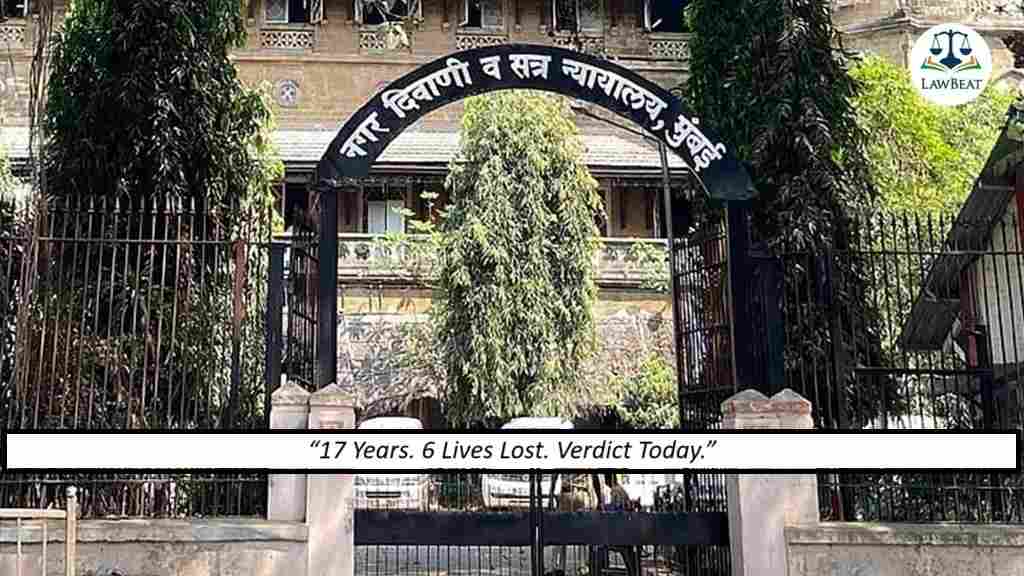A special NIA court in Mumbai will finally pronounce its verdict in the 2008 Malegaon blast case, concluding a 17-year-long legal battle involving high-profile accused like Sadhvi Pragya and Lt Col Purohit.
🧾 Case Summary
On the night of September 29, 2008, a low-intensity bomb exploded near Bhikku Chowk in Malegaon, Maharashtra. Fitted on a motorcycle, the bomb killed six people and injured more than 100, sending shockwaves through the communally sensitive town.
The case initially investigated by Maharashtra’s Anti-Terrorism Squad (ATS) marked a turning point in India’s counter-terror discourse, as it led to the arrest of individuals linked to right-wing Hindu groups. Among them were Sadhvi Pragya Singh Thakur and Lt Col Prasad Purohit.
⚖️ Legal Journey and Timeline
- 2008: Maharashtra ATS arrests key suspects, including Sadhvi Pragya and Lt Col Purohit.
- 2011: The National Investigation Agency (NIA) takes over the case and re-registers the charges.
- 2016: NIA drops charges under MCOCA but retains charges under UAPA and IPC.
- 2018: Trial formally begins after charges are framed against seven accused.
- 2025: Final arguments concluded in April; judgment reserved and now set to be pronounced on July 31, 2025.
📊 Trial in Numbers
- Total years: 17 years since the blast
- Prosecution witnesses: 323
- Defence witnesses: 8
- Hostile witnesses: Approx. 40
- Evidence submitted: Over 10,800 exhibits
- Seized articles: 400+
- Written arguments: 1,300+ pages
🧍 Key Accused & Their Stands
Sadhvi Pragya Singh Thakur
- Former BJP MP, accused of owning the motorcycle used in the blast.
- Claims innocence, alleging political vendetta and custodial torture.
- Defence argues the vehicle was not in her possession at the time of the blast.
Lt Col Prasad Purohit
- Then a serving Army intelligence officer, accused of aiding the radical group Abhinav Bharat.
- Claims he was infiltrating extremist groups as part of official duty.
- Defence alleges fabricated evidence and planted RDX by ATS.
🏛️ ATS vs NIA: Contrasting Investigations
ATS (2008–2010)
- Claimed the blast was revenge against prior attacks on Hindus.
- Alleged a conspiracy led by Abhinav Bharat to create a “Hindu Rashtra”.
- Booked accused under MCOCA, UAPA, and IPC.
- Statements from co-accused and electronic evidence were key pillars.
NIA (2011–Present)
- Took over in 2011, dropped MCOCA in 2016 citing lack of admissible evidence.
- Discharged several initially accused individuals.
- Continued prosecution under UAPA and IPC against Sadhvi Pragya and Lt Col Purohit.
- Alleged ATS used torture and forced confessions during the probe.
⚔️ Defence’s Stand
- Claimed that the ATS fabricated the entire case for political motives.
- Cited retraction of witness statements under coercion.
- Highlighted that even the NIA found loopholes and inconsistencies in ATS probe.
- Accused agencies of abuse of power and ideological targeting.
🧨 Political Impact
- The case introduced the term “Hindu terror” into India’s political vocabulary.
- Congress supported the ATS investigation; BJP accused it of community defamation.
- In 2019, BJP fielded Sadhvi Pragya as a Lok Sabha candidate, intensifying the political divide.
⏰ What to Expect from the Verdict
- The Special NIA Court in Mumbai, under Judge A.K. Lahoti, will pronounce the verdict today.
- All seven accused are currently out on bail and required to be present in court.
- The outcome will likely impact future terror investigations, communal politics, and public discourse.
📌 Key Milestones
- Sept 29, 2008: Bomb blast in Malegaon kills 6, injures over 100
- Oct 2008: Sadhvi Pragya arrested; later followed by Purohit
- 2011: NIA assumes control of the investigation
- 2016: Charges under MCOCA dropped
- 2018: Charges framed against 7 accused
- April 2025: Final arguments concluded, judgment reserved
- July 31, 2025: Verdict scheduled for pronouncement
⚖️ Final Thoughts
The Malegaon blast case is one of the longest and most politically sensitive terror trials in Indian history. The upcoming verdict is expected to bring legal closure to a case that has shaped India’s narrative on terror, ideology, and justice for nearly two decades.
Stay tuned for the court’s final ruling.



